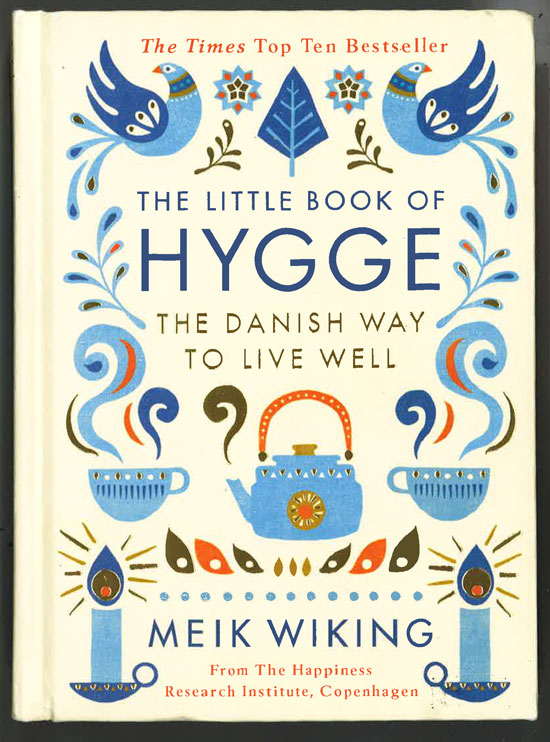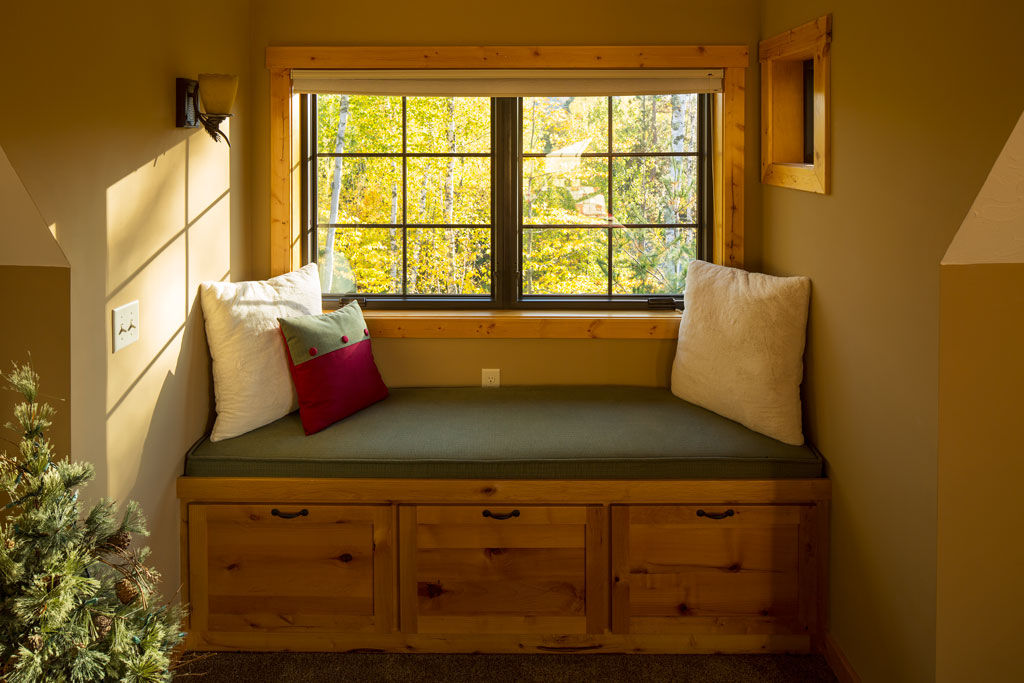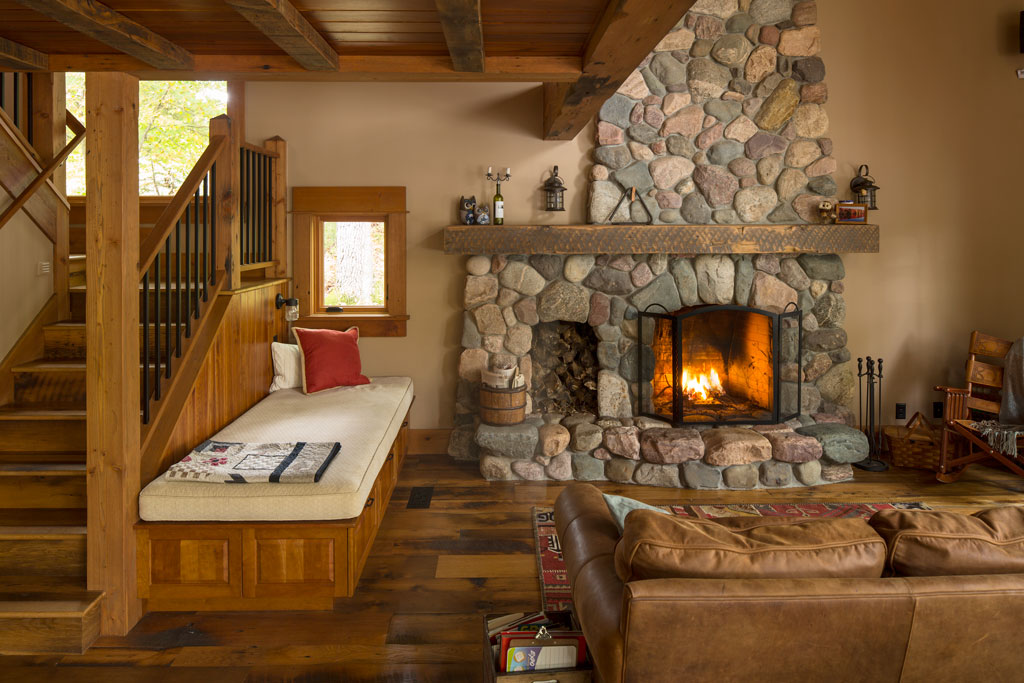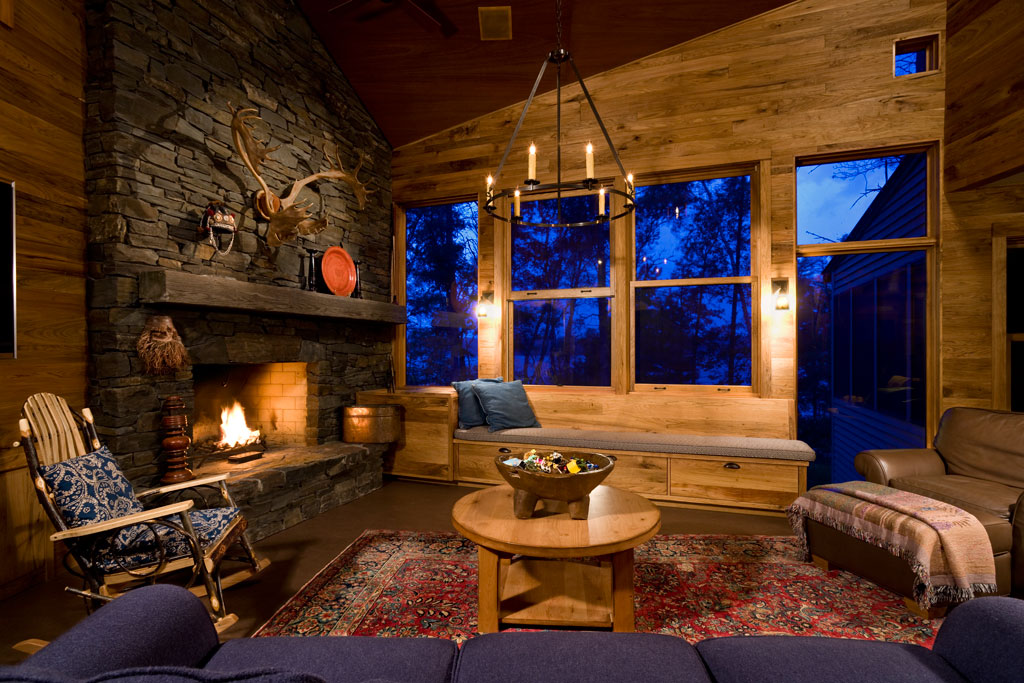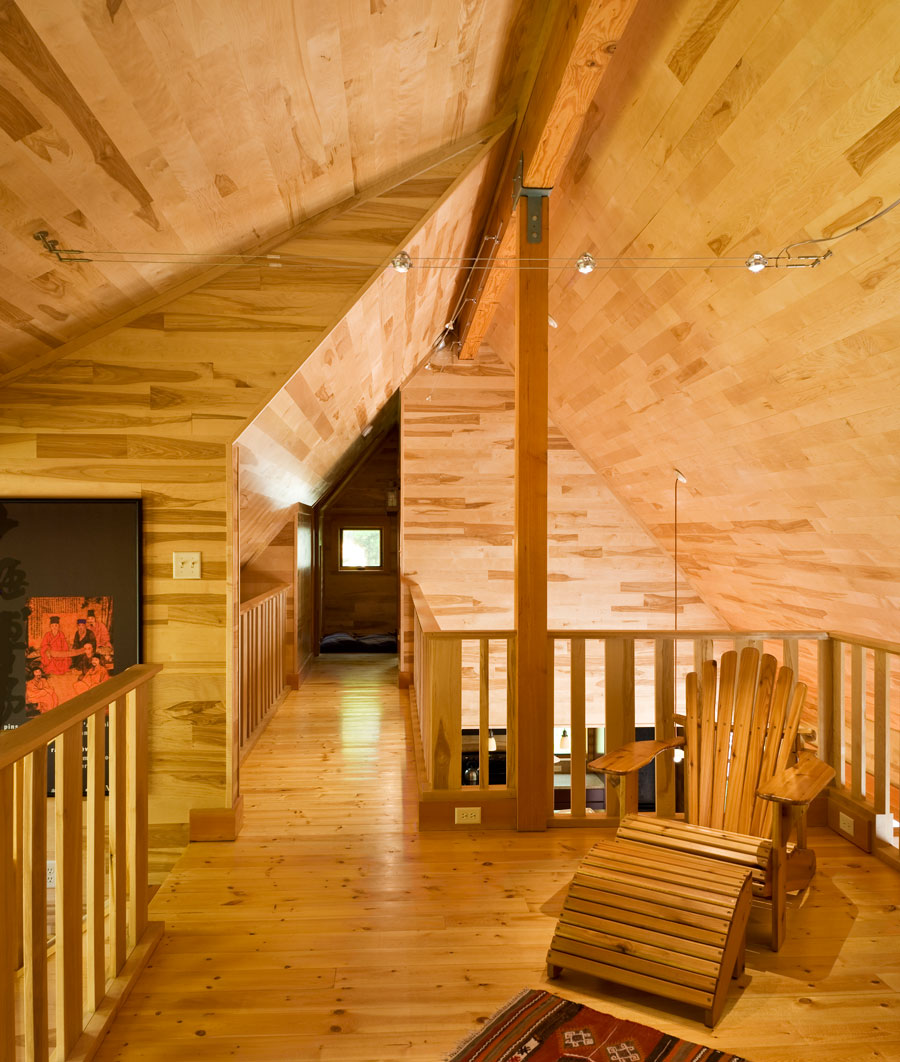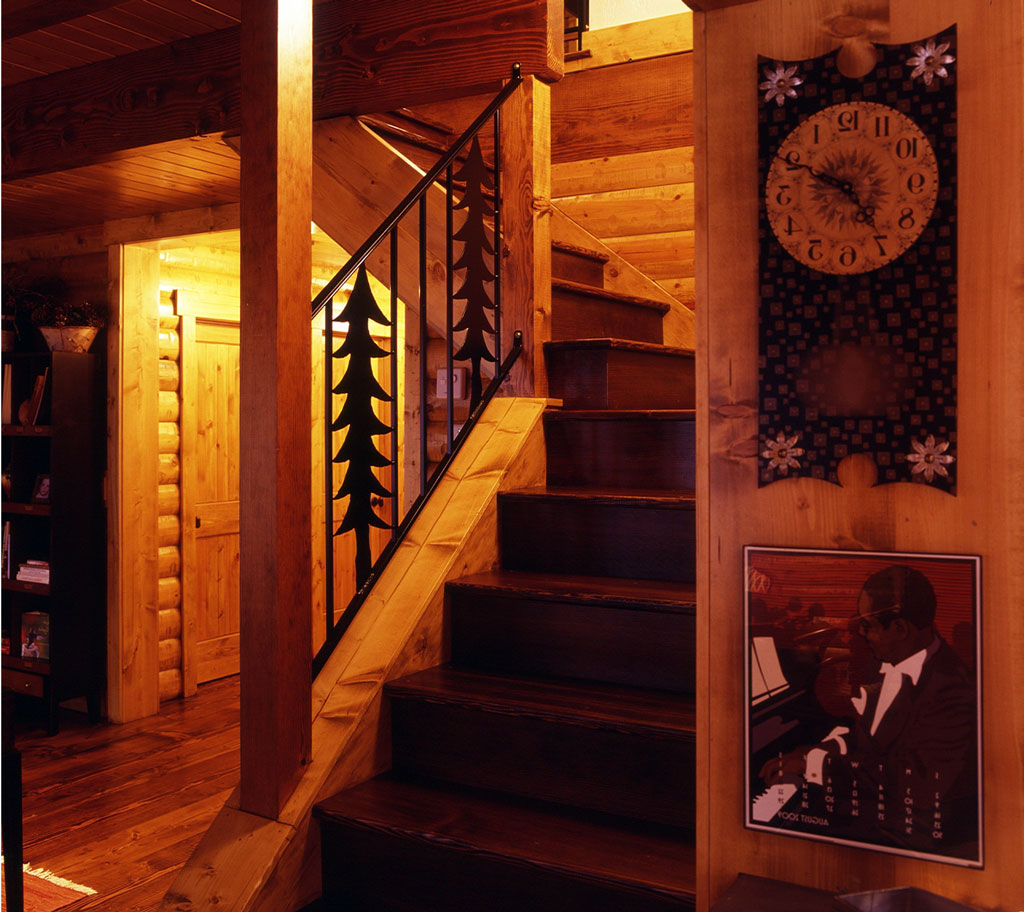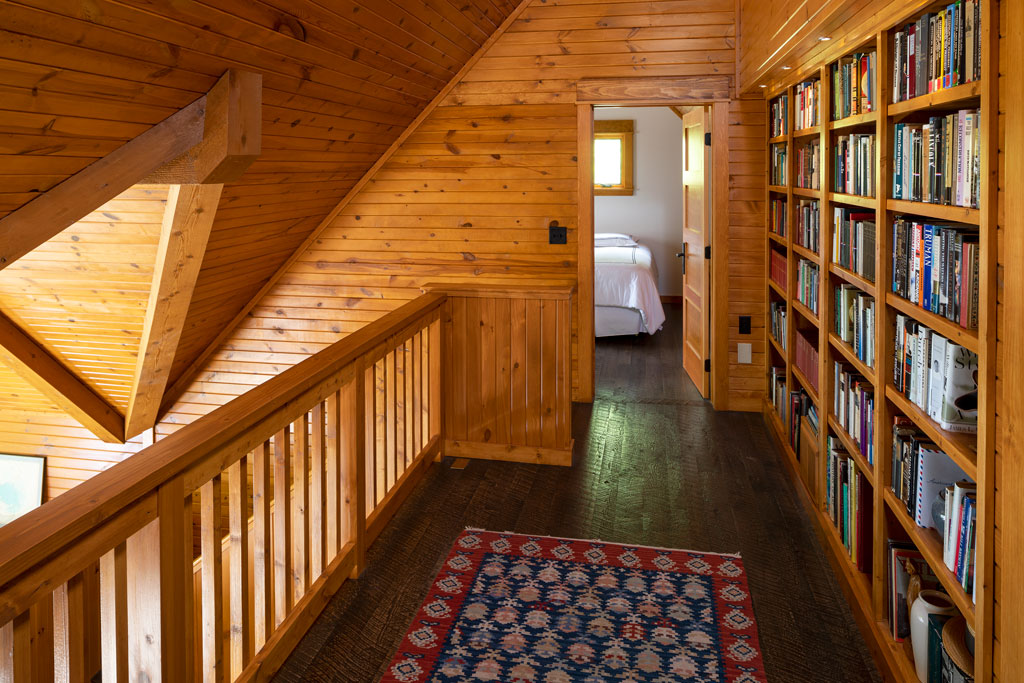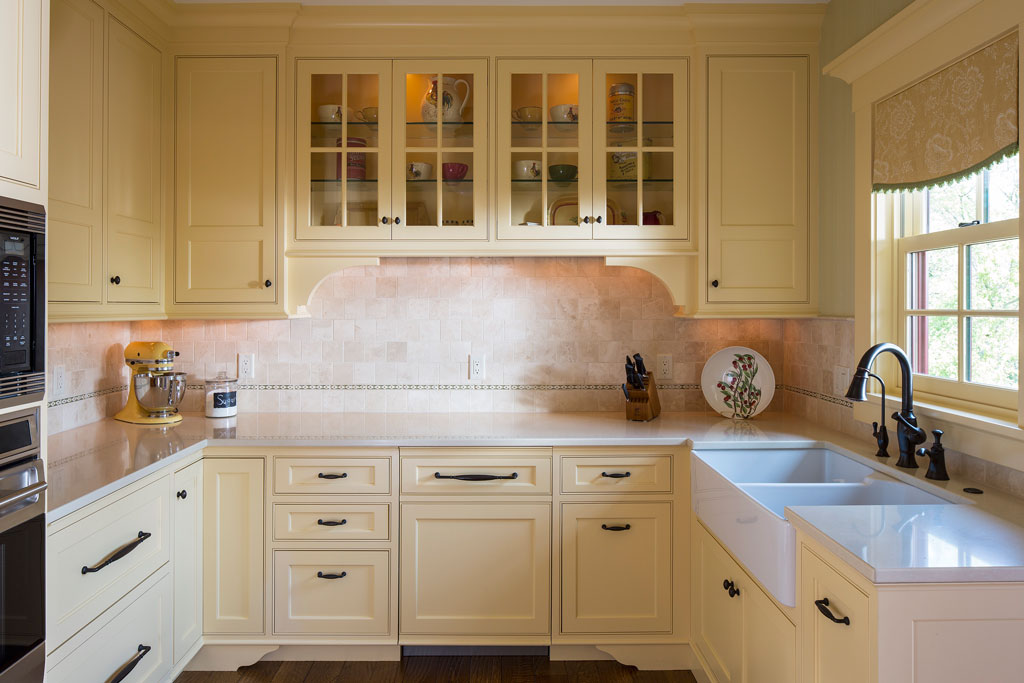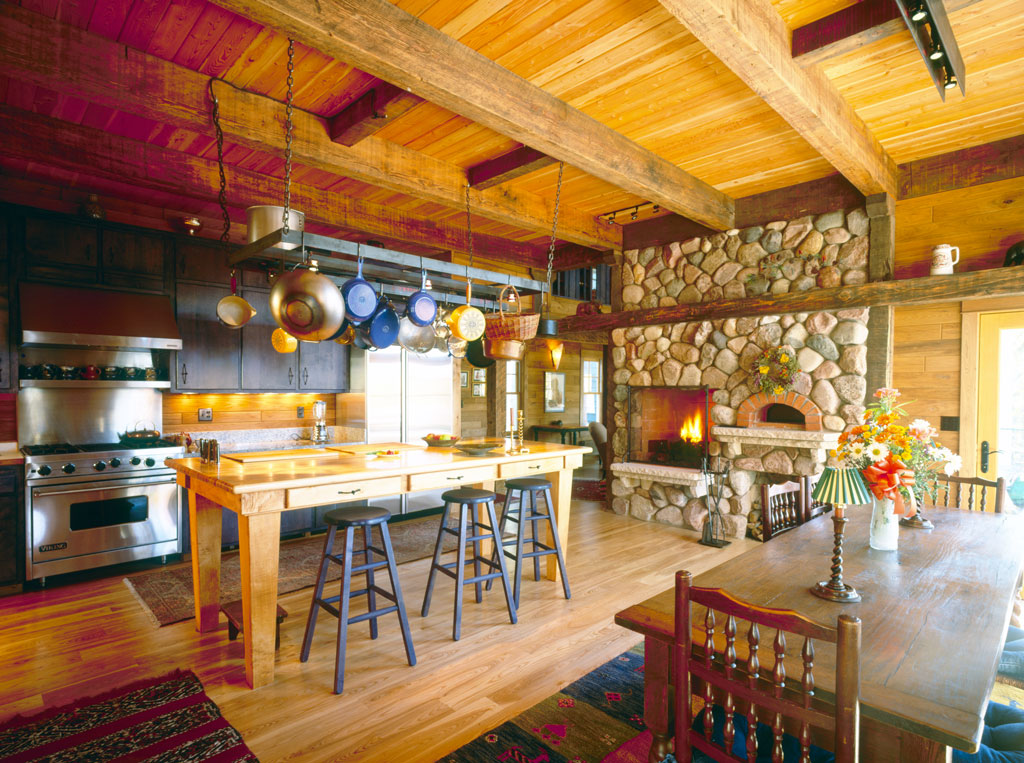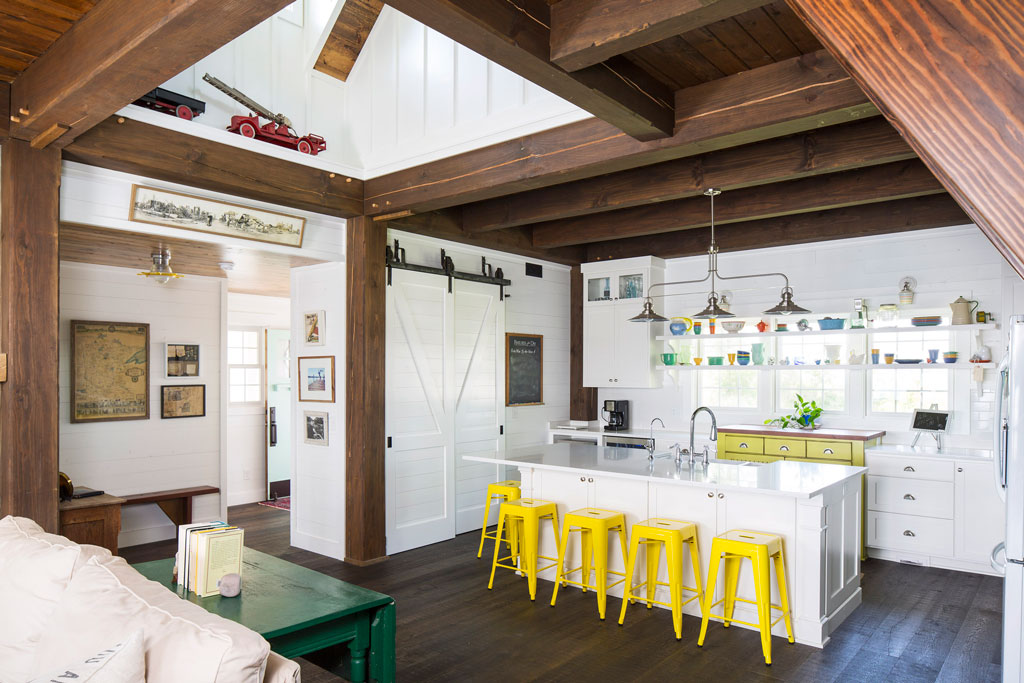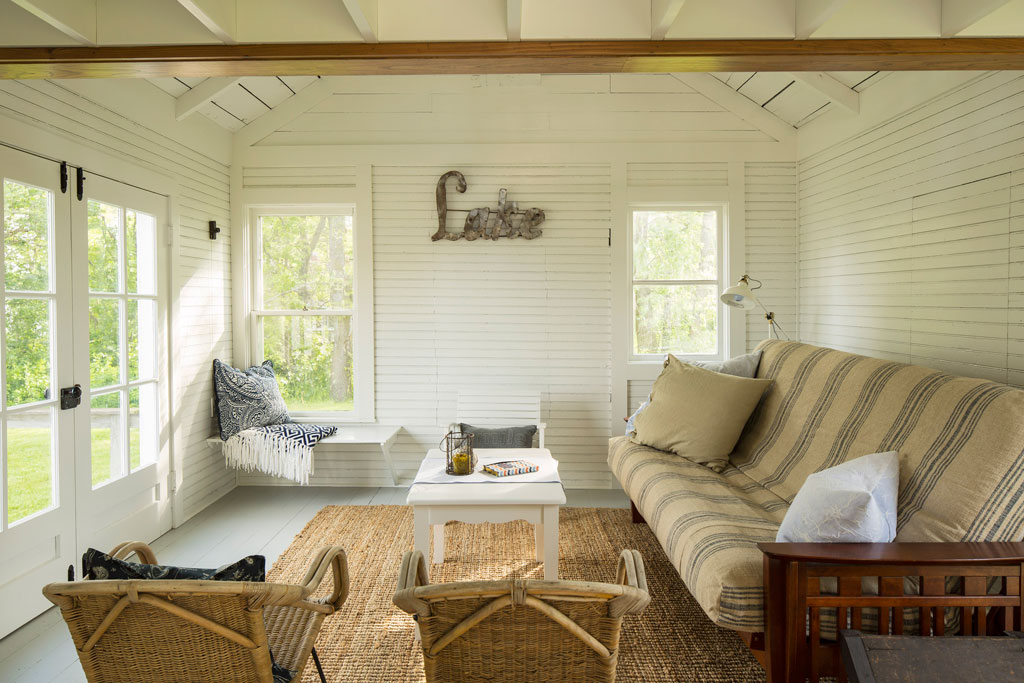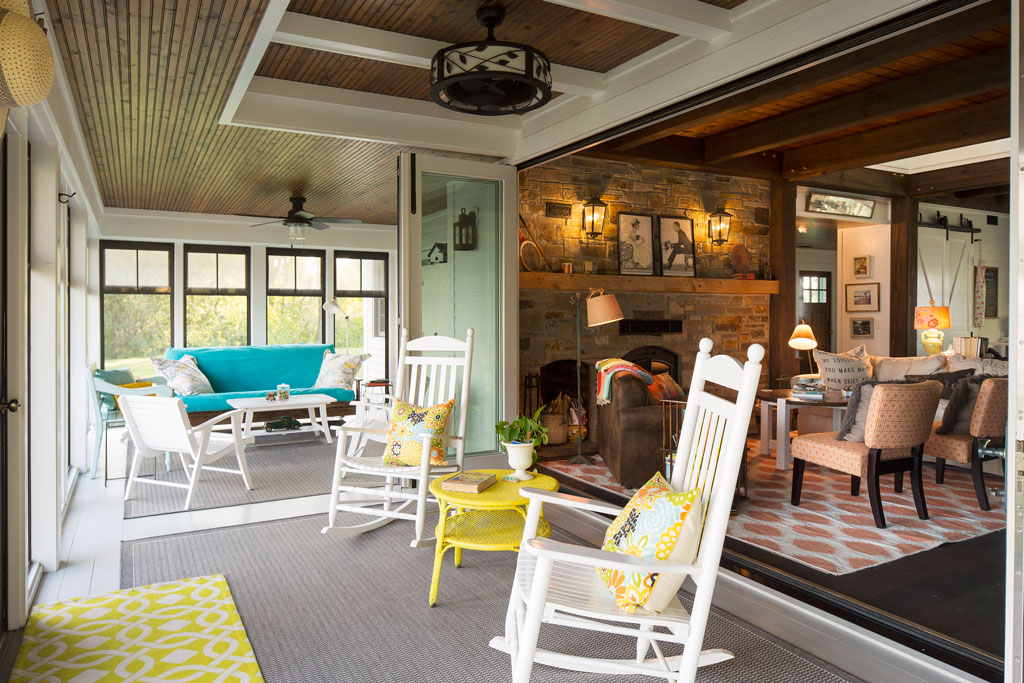In mid-February I gave a couple of talks at the Lake Home and Cabin Show in Minneapolis. I was expounding on the desire for cabins to promote bonding and intimacy amongst family and friends. The cabin experience is about sharing time together, cooking, playing cards, swimming, fishing, or calmly having a good long chat in front of the fireplace. In cabins we freely exchange privacy for intimacy, TV watching for storytelling and video games for board games.
The Minneapolis show audience is a bright and engaging group and quick to ask questions or offer opinions. On this occasion Joel Holger approached me for an introduction to the Danish word, “hygge,” pronounced, HUE-gah. He noted that it embodies what I had been discussing about cozy places and intimate experiences. My research says it to mean, “the art of creating intimacy”. Words like togetherness, happiness, and simple pleasures are also attributed to hygge. No single word in the English language is said to be a perfect description of hygge, so we’ll need to adopt this phrase from the Danes.
The architectural and interior design communities often import words for ideas when no English equivalent fits. Feng shui from Japanese, woonerf from Dutch and enfilade from French all now have their place in our collective lexicon. I guess I’ll have to add hygge to my dictionary (even if I’m the last to do so!)
To my surprise one of my colleagues, Caitlin Dippo, is most familiar with hygge. She studied in Copenhagen and came away with two books on the subject. THE LITTLE BOOK OF HYGGE has caught my attention probably in part because its findings come from The Happiness Research Institute. In chapter six if we swap home for cabin, we can imagine each of ten suggestions being particularly applicable.
1. Every cabin should have a nook.
2. Cabins should burn wood in a fireplace or woodstove.
3. An abundance of candles should be visible/available in every room.
4. A cabin made of wood and containing items made from wood will feel good.
5. Nature should be visible outdoors but also brought inside with pine cones, cow skins, or cat tails.
6. Books should be visible including cookbooks, romance novels, birding anthologies and regional histories.
7. Useful and artful ceramics in the form of vases, mugs, soup bowls and more should enhance our cabin experience.
8. Items engaging a range of tactility should be encouraged.
9. Some vintage items should be included in a cabin. They come with pedigree and story lines.
10. Blankets and cushions should be in abundance for cool evenings and comfortable reading.
